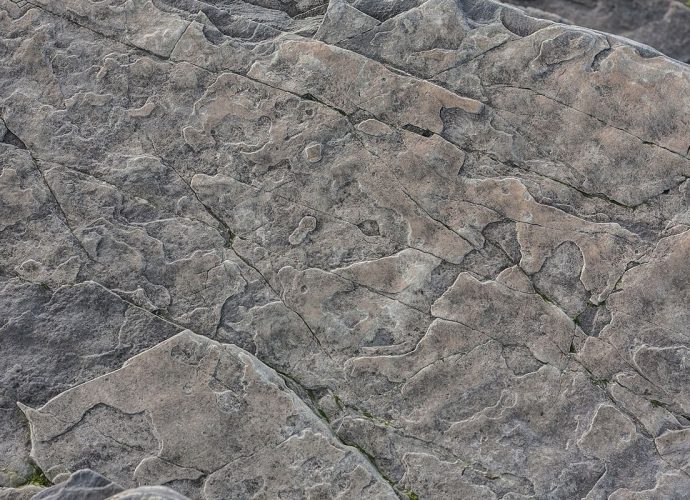What Is The Best Medicine For Sinus Pressure And Headache?
How do I get rid of a sinus headache? Apply a warm compress to painful areas of the face. Use a decongestant to reduce sinus swelling and allow mucus to drain. Try a saline nasal spray or drops to thin mucus. Use a vaporizer or inhale steam from a panRead More →









